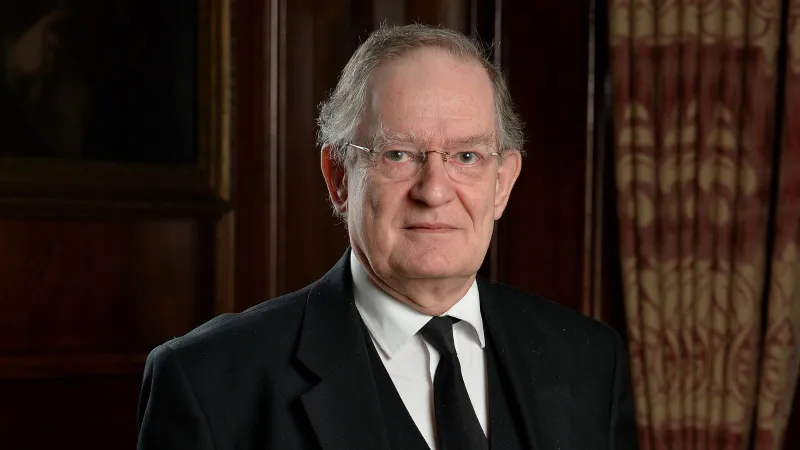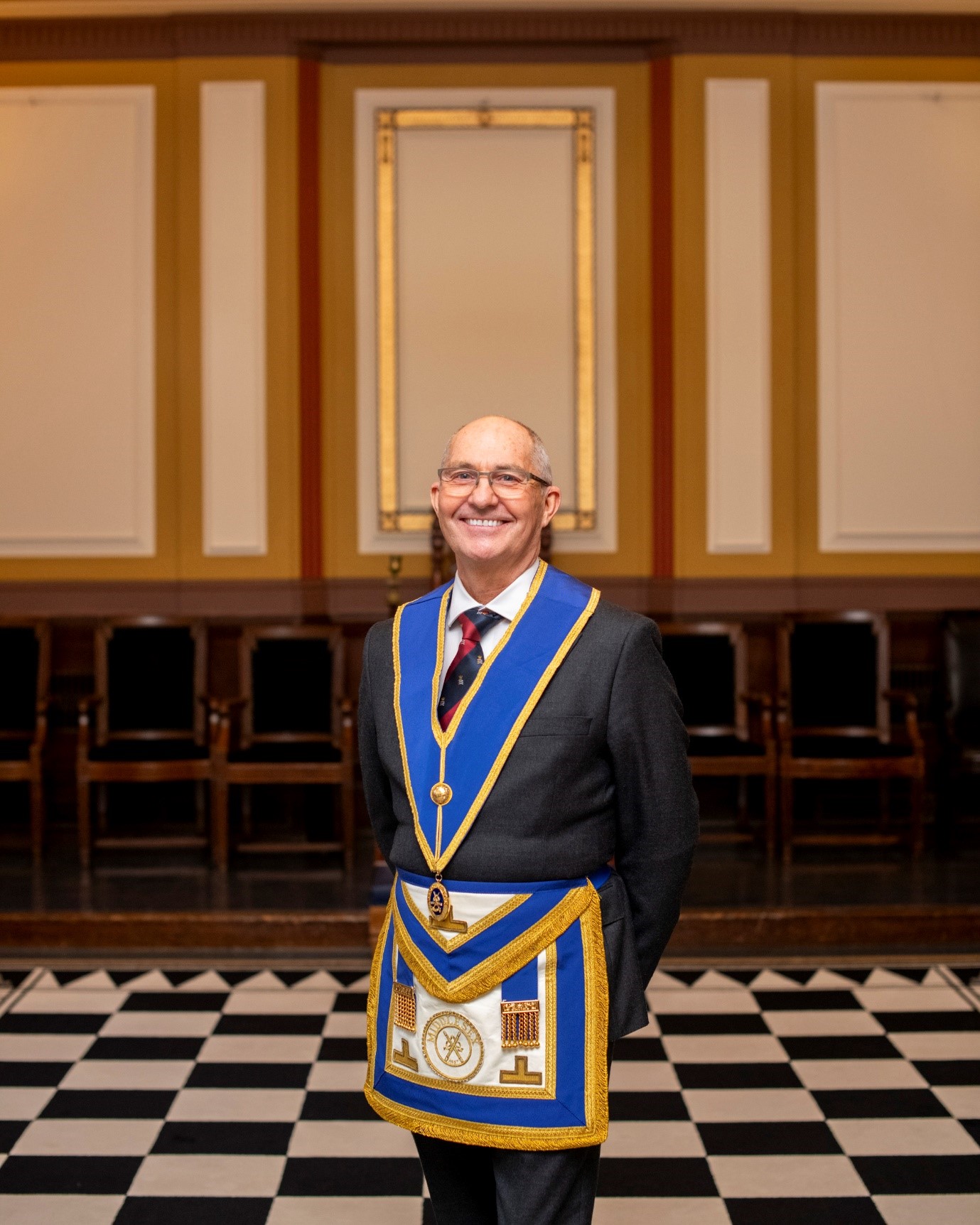
In the world of Freemasonry, few symbols carry as much significance and historical weight as the apron. This simple garment, adorned with symbolic emblems and designs, has become an integral part of the fraternity's regalia, representing the principles and ideals that have guided the organisation for centuries.
History of Aprons
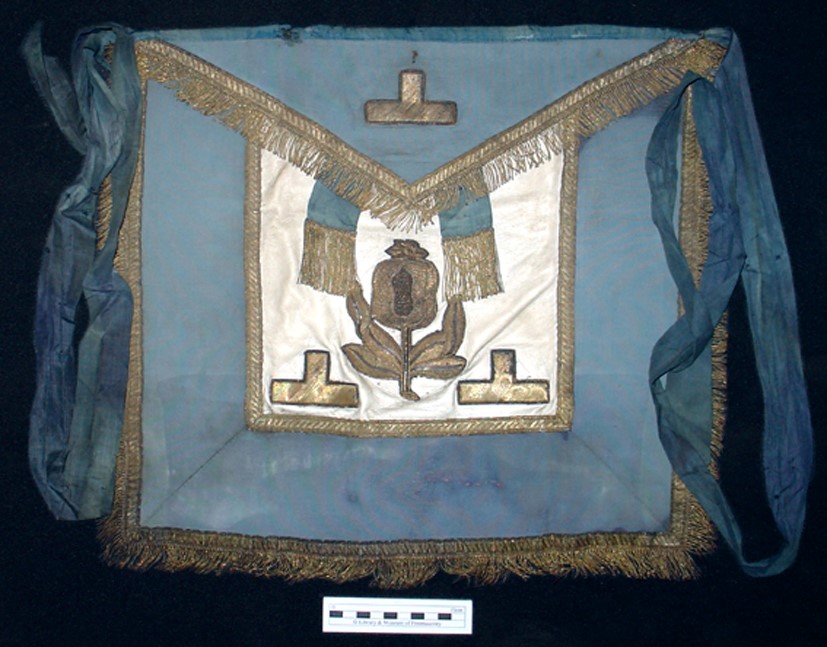
Did you know that Freemasons have been wearing aprons for over three centuries? This longstanding tradition is a way for Freemasons to stay connected to their roots and shared heritage. By continuing this practice, present-day members can feel a strong connection to the past and a sense of belonging among the community.
Originally, the aprons worn by stonemasons were practical garments designed to shield their clothing from the rigours of their labour - the dust, grime, and wear and tear that came with building mighty structures. Unlike the ceremonial aprons donned by modern Freemasons, these early aprons were fashioned from leather and extended from the wearer's chest to the ankles to provide full coverage and would probably have been supported by laces around the neck as well as the waist. There would have also been no ornamentation on an operative Freemason’s apron, and this helped distinguish him from other tradespeople who would have worn different styles of apron.
The Middle Ages saw the establishment of trade guilds and the ceremonial use of aprons. A fascinating record of a Freemason bequeathing his apron, adorned with letters with a Masonic allusion, still exists today. The formation of the first Grand Lodge in 1717 brought together Freemasons from four active Lodges in London. One of these Lodges was dedicated to Operative Freemasons, while the others were comprised of members not affiliated with the trade, but those seeking the supportive community fostered within these Lodges.
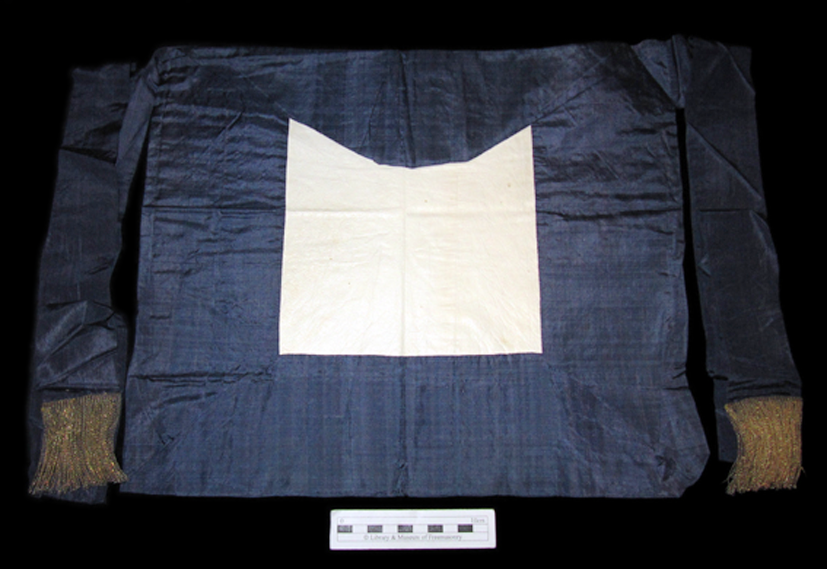
Over time, the apron's purpose transformed from practical work wear to a symbolic regalia piece. As Freemasonry became popular across Europe and globally, more elaborate designs of aprons were created. These designs served to represent the Degree or Degrees that were being worked on or to which the owner of the apron belonged.
The Meaning behind the Aprons
In modern Freemasonry, the apron stands as perhaps the greatest symbol representing the organisation's rich traditions and storied history. For Freemasons, the apron represents the lifelong work of building one's moral character. Essentially, the Masonic Apron is the badge of honourable labour.
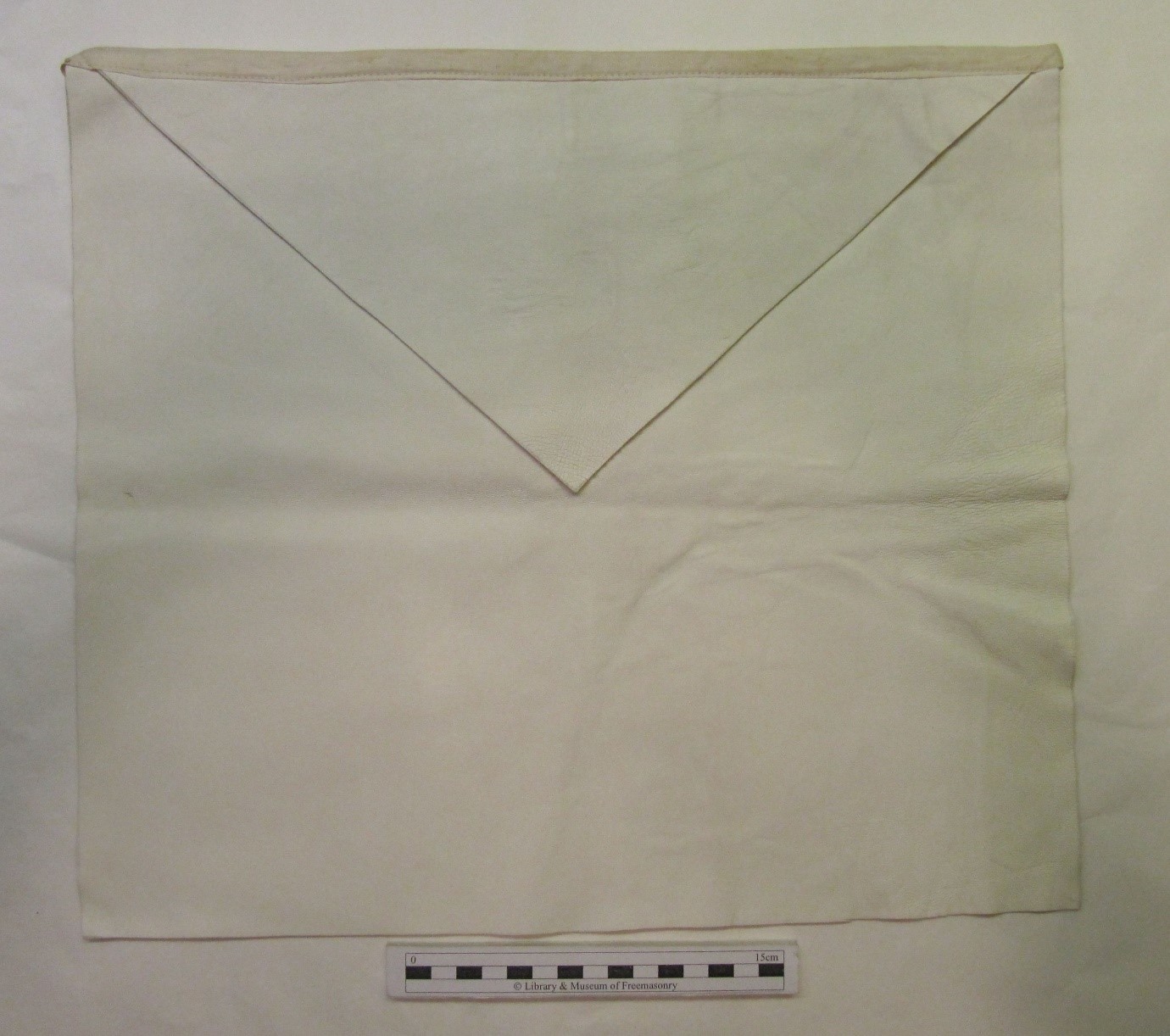
Upon joining Freemasonry, individuals are referred to as "Entered Apprentices" and are provided with a simple white lambskin apron. Subsequently, as they progress through the Degrees, their aprons are adorned with light blue and silver decorations. In the event of attaining higher ranks, the colours of the aprons transition to dark blue and gold.
All Freemasons, regardless of the positions or roles they may attain later on, begin by participating in the three initial Degrees and wearing the corresponding aprons. There are no exceptions to this process; every member starts at the beginning and progresses through the ranks systematically.
Conclusion
Above all else, a Freemason's apron symbolises their pride in the organisation and their dedication to its principles. The apron holds an esteemed place among a Freemason's prised belongings, regarded as one of his most treasured possessions. Wearing this simple garment connects each man to the greater stream of Masonic tradition spanning centuries. It is an enduring reminder of the virtuous path they have vowed to follow.
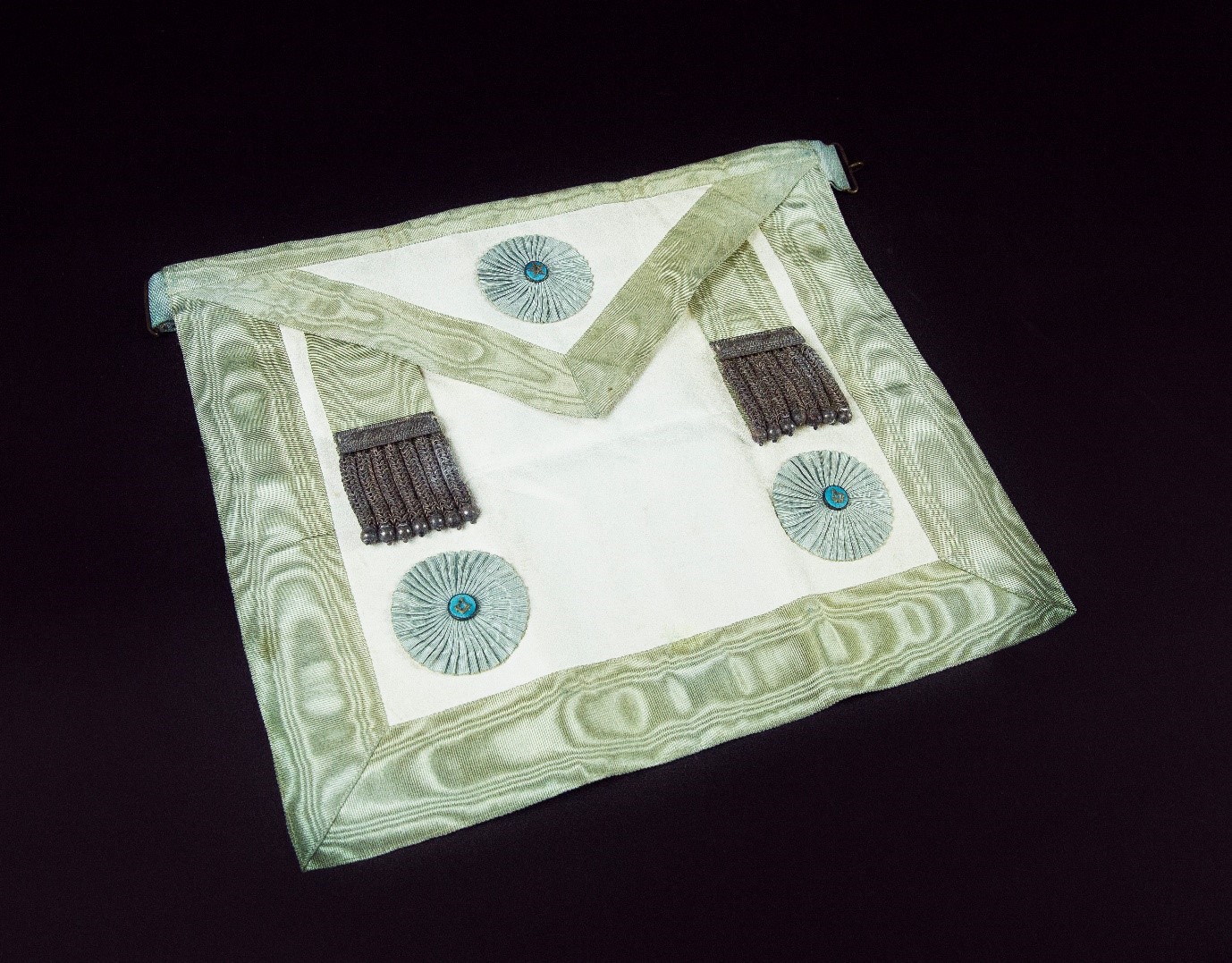
Want to know more about the origins of Freemasonry and see aprons worn by prominent Freemasons throughout history? Why not try a digital tour of the Museum of Freemasonry on your next visit to Freemasons’ Hall in London!

